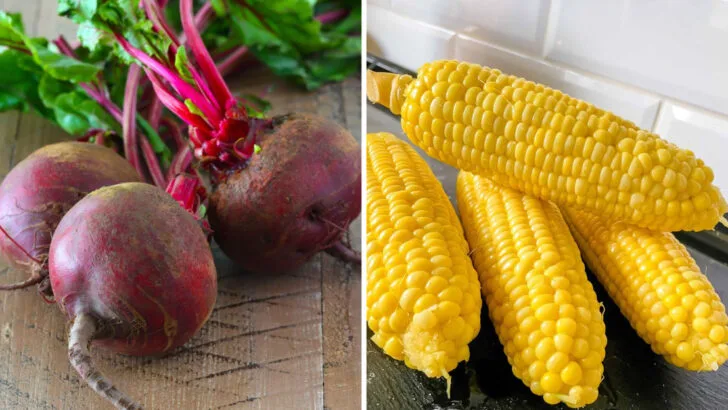Some vegetables thrive on good company. Plant the right ones side by side, and you’ll see stronger growth, fewer pests, and better harvests without doing much extra work. It’s one of those simple gardening strategies that actually makes a big difference, like knowing who gets along with who in a shared kitchen.
On the flip side, certain pairings just don’t work. Some plants compete for the same nutrients, attract the same pests, or simply stunt each other’s growth. Knowing which combos to lean into—and which to skip, can save you a lot of trouble mid-season.
Tomatoes and Basil
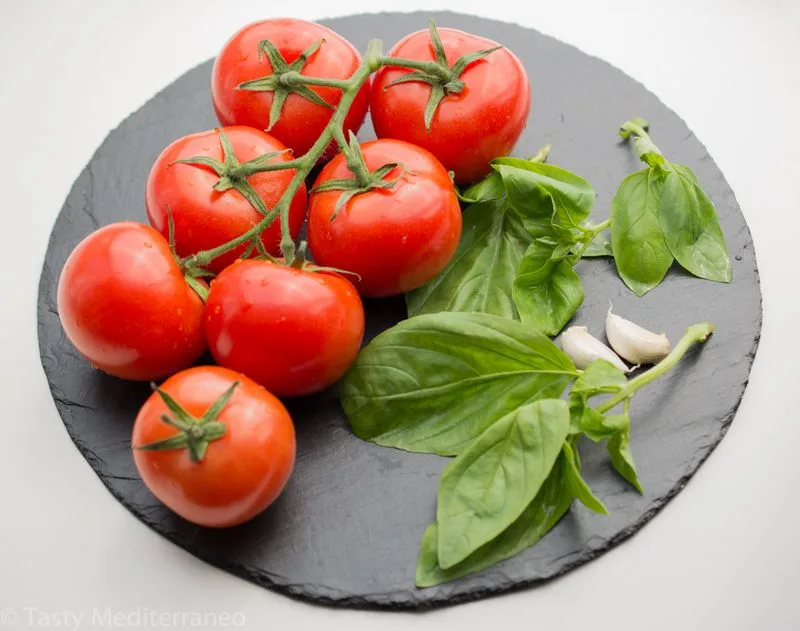
Imagine a garden where the scent of fresh basil commingles with the ripe aroma of juicy tomatoes. This classic duo doesn’t just delight the senses; it’s a powerhouse of growth. Basil wards off tomato hornworms, enhancing the vigor of your tomatoes.
Imagine them thriving side by side, not just in your kitchen, but right there in your garden, each complimenting the other’s growth. If you’re interested in flavor, this pair promises an unforgettable taste. Consider this, basil’s aroma also repels mosquitoes, making your garden a pleasant place to relax.
Carrots and Onions
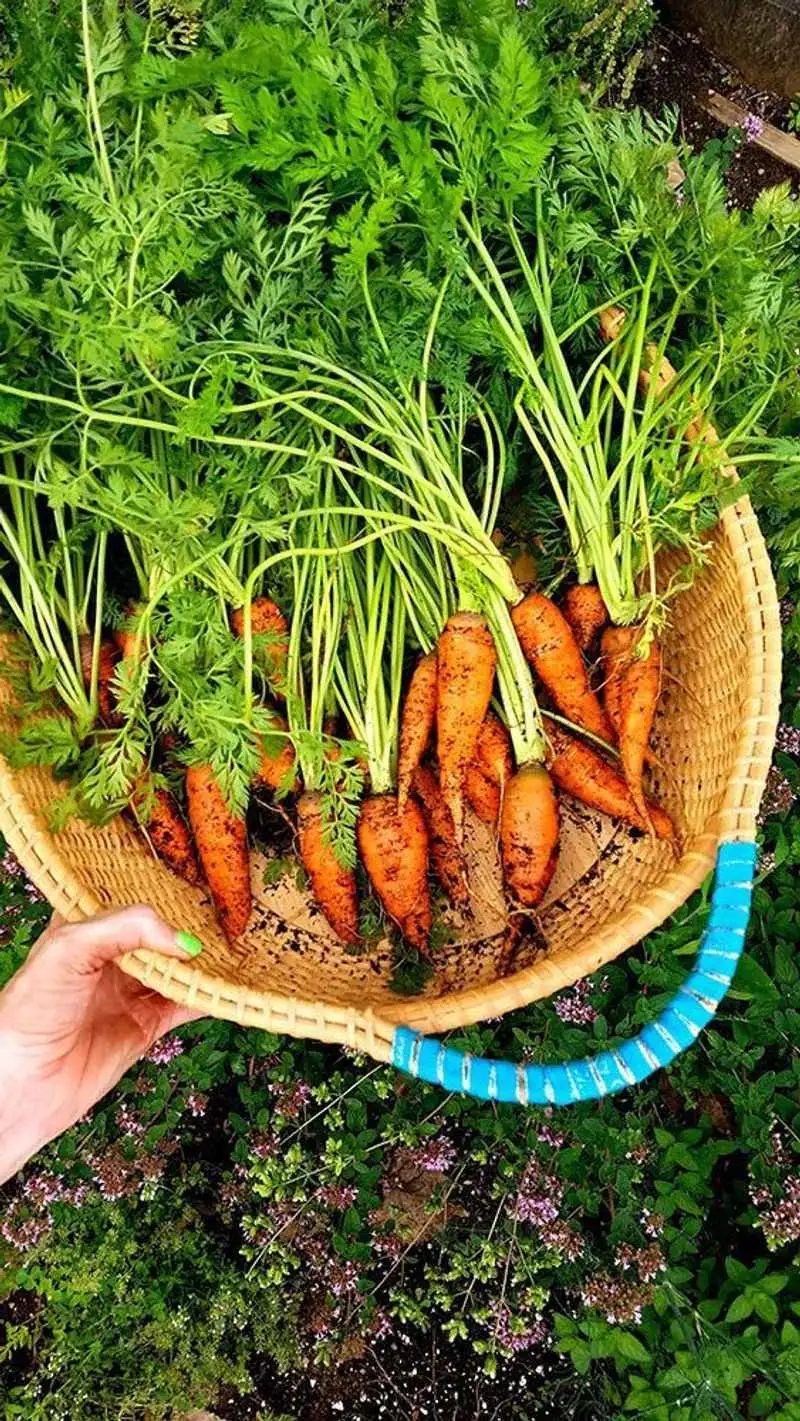
Carrots and onions, though seemingly simple, form a dynamic underground alliance. Onions produce a scent that deters carrot flies, protecting the delicate roots of the carrots.
This mutual support is unseen but vital for a bountiful harvest. Imagine the crispness of a freshly pulled carrot, enhanced by the onion’s protective presence. With these two, your garden enjoys a seamless dance of defense and growth, working harmoniously to produce vibrant, healthy vegetables that grace your table with their combined flavors.
Corn and Beans
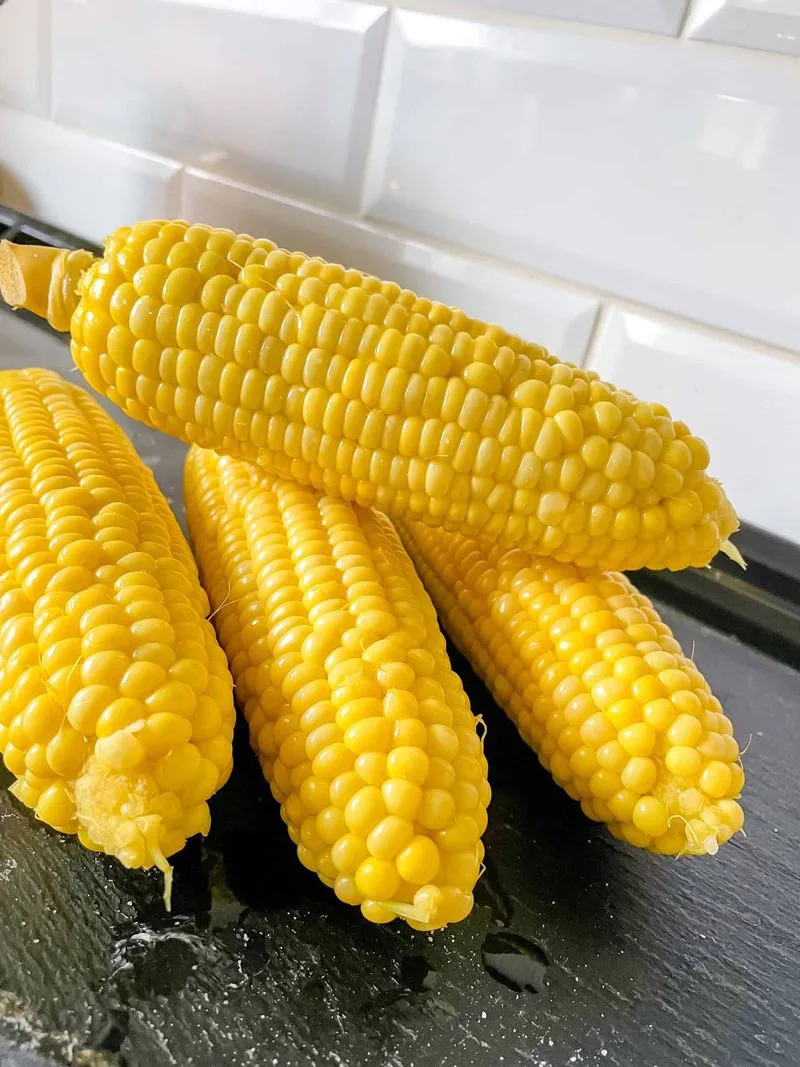
Growing up, who didn’t hear of the Three Sisters planting method? Corn and beans form a partnership that dates back centuries. While corn offers sturdy stalks for beans to climb, beans enhance the soil with nitrogen, aiding corn’s growth.
Visualize a lush patch where both plants thrive symbiotically, interwoven yet distinct. This age-old technique showcases how traditional farming wisdom can still benefit modern gardens. It’s a living testament to the knowledge passed down through generations, ensuring both plants flourish side by side.
Lettuce and Radishes
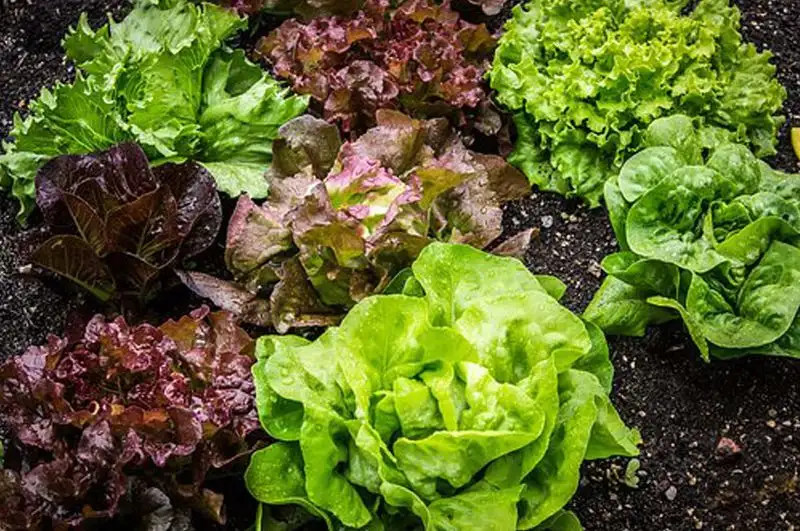
Lettuce and radishes share a dynamic that’s beneficial early in the growing season. Radishes grow quickly, breaking the soil for the slower-growing lettuce. This facilitates better growth conditions for both.
Picture the vibrant green lettuce leaves juxtaposed with the deep red of radishes. As radishes are harvested, lettuce occupies the space, flourishing in its newfound conditions. This combination not only maximizes space but also ensures a continuous harvest, offering a delightful mix of flavors and textures on your plate.
Peas and Spinach
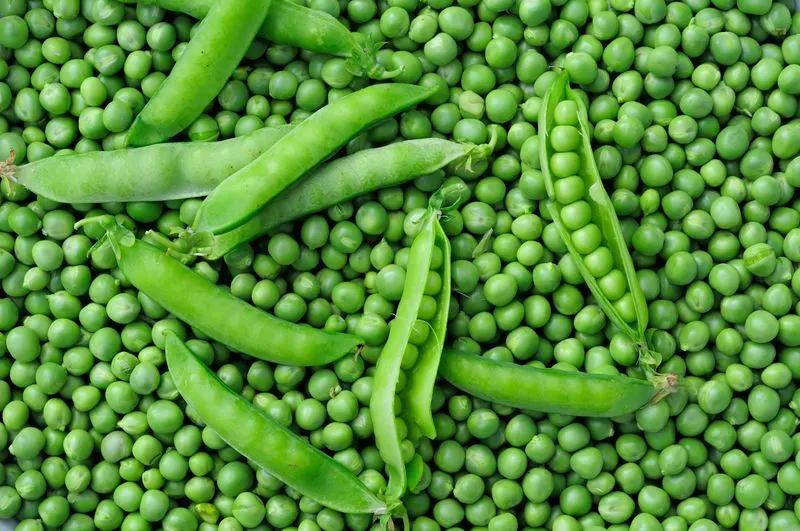
Peas and spinach share more than just a love for cooler weather. Peas, as legumes, fix nitrogen in the soil, feeding the spinach and promoting lush growth. Picture a plot where peas climb gracefully, offering shade and nutrients to tender spinach leaves below.
This combination thrives in the early months of spring, showcasing nature’s ingenuity. As you harvest, the verdant greens promise nutrition and taste, proving that sometimes, the best partnerships are those that complement each other’s strengths naturally.
Cabbage and Dill
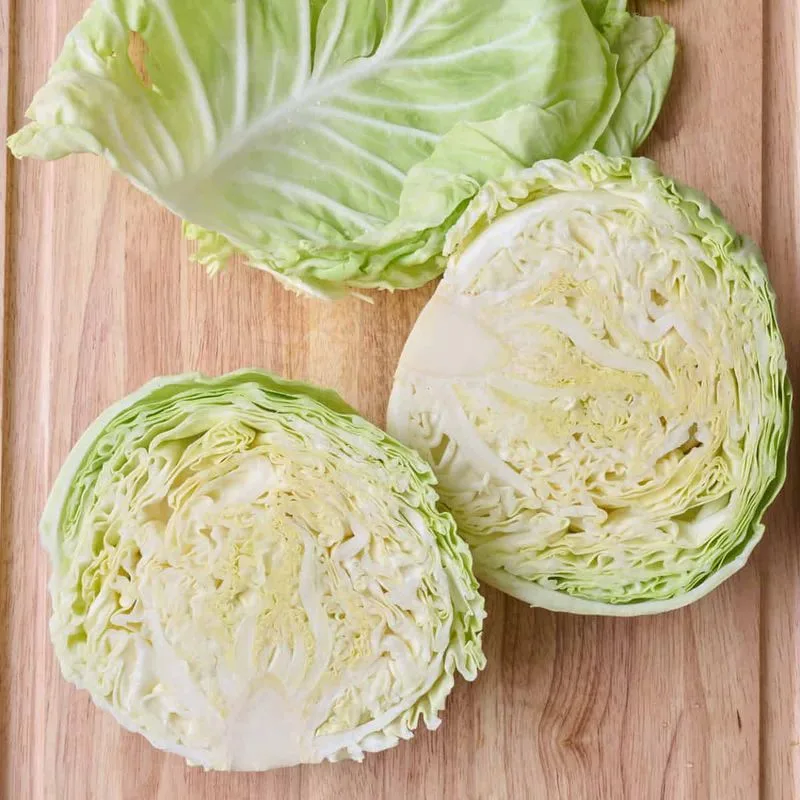
Cabbage and dill might seem like an unusual pair, yet they offer a unique synergy. Dill attracts beneficial insects that protect cabbage, such as wasps which prey on cabbage worms.
Imagine a garden where these robust cabbage heads coexist with the delicate, feathery dill. This partnership ensures that your cabbage remains pest-free while infusing the garden with dill’s aromatic allure. It’s a duo that’s both pleasing to the senses and practical, illustrating that even the most unexpected combinations can yield great results.
Beets and Garlic
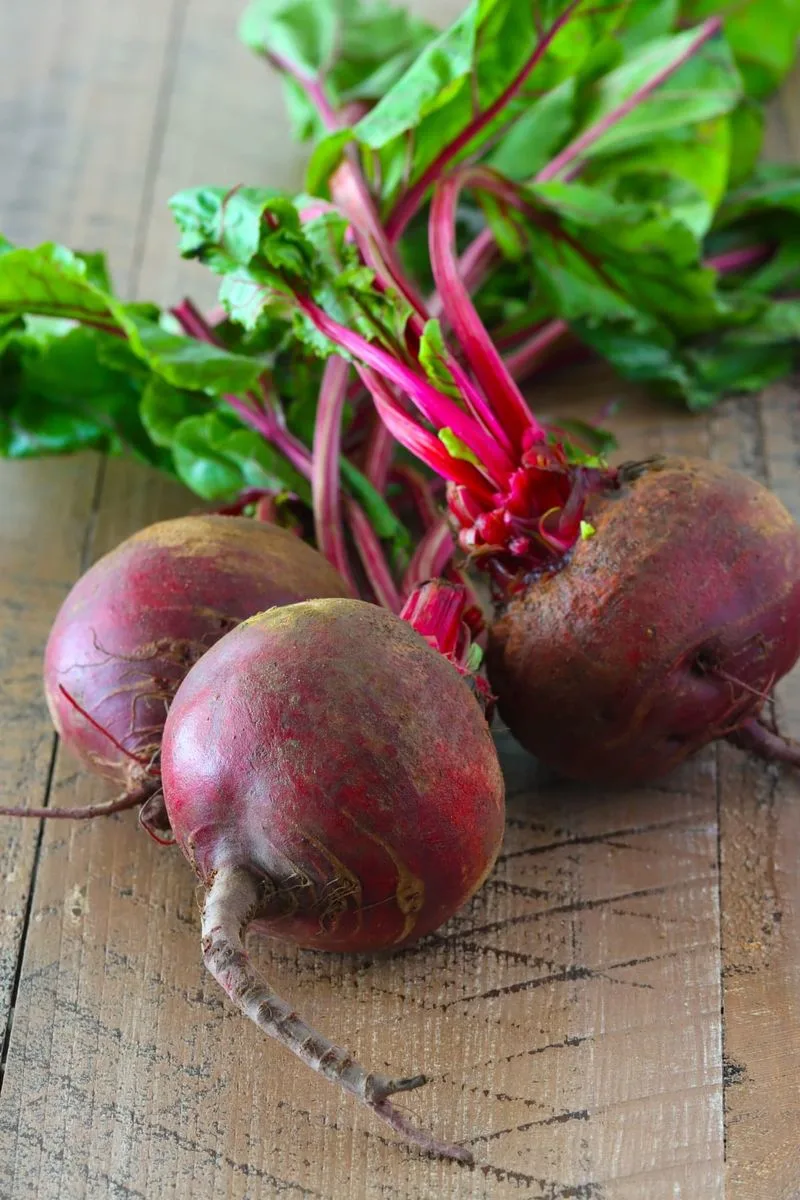
Beets and garlic create an underground alliance that wards off pests. Garlic’s potent aroma acts as a natural deterrent, benefiting the beets. Picture a garden bed where the deep red of beets contrasts with the tall, slender garlic stalks.
This pairing doesn’t just protect each other; it maximizes space efficiently. The robust flavors they yield reflect their harmonious growing conditions, turning any meal into a culinary delight. This partnership is a testament to how thoughtful planting can enhance both flavor and growth.
Zucchini and Nasturtiums
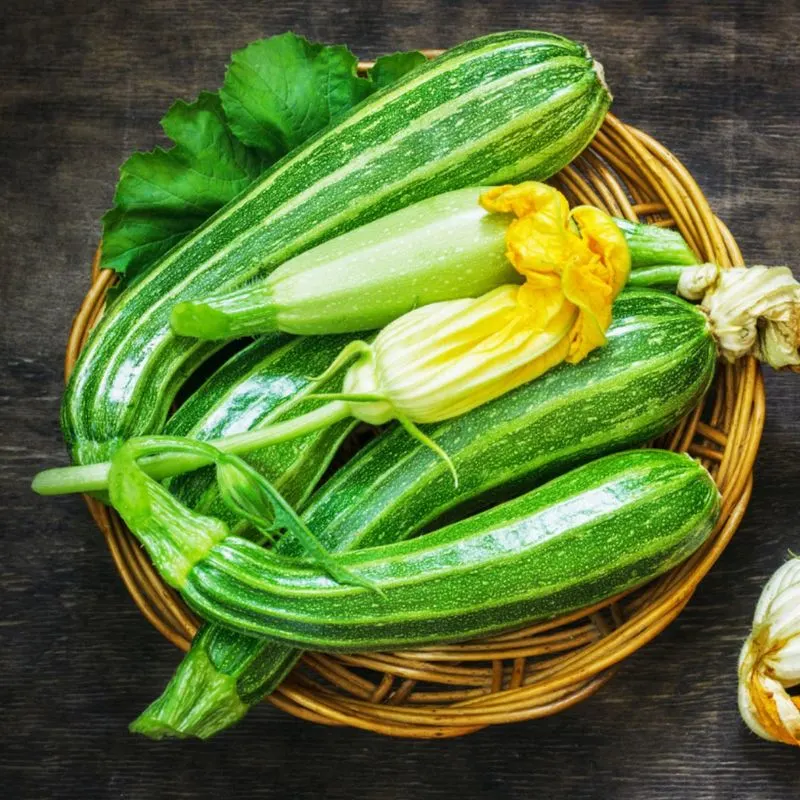
Zucchini and nasturtiums offer a visually stunning and functionally beneficial partnership. Nasturtiums attract aphids, drawing them away from zucchini. Picture a garden where vibrant nasturtium blossoms encircle lush zucchini plants.
This natural repellent system not only prevents pests but also adds beauty to the garden. Nasturtiums themselves are edible, adding a peppery taste to your dishes. This combination ensures that your zucchini thrives without the need for chemical interventions, exemplifying how aesthetics and practicality can coexist in harmony.
Potatoes and Horseradish
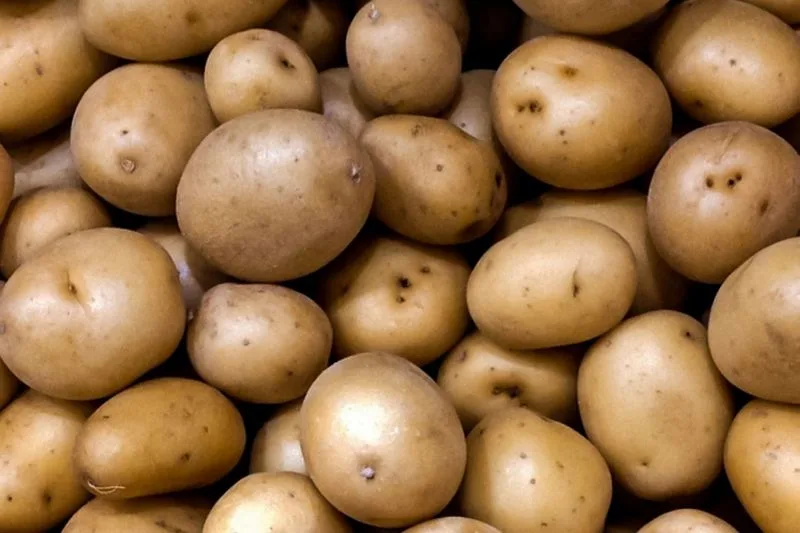
Potatoes and horseradish might not seem a natural fit at first glance. However, horseradish’s strong odor repels pests, benefiting the potatoes. Imagine a potato patch flanked by tall, leafy horseradish.
This unassuming pairing creates a protective barrier, enhancing growth and yield. The distinct flavors of both vegetables in your kitchen will reflect their harmonious partnership in the garden. This combination highlights how strategic plant placement can enhance both crop resilience and flavor development.
Squash and Marigolds
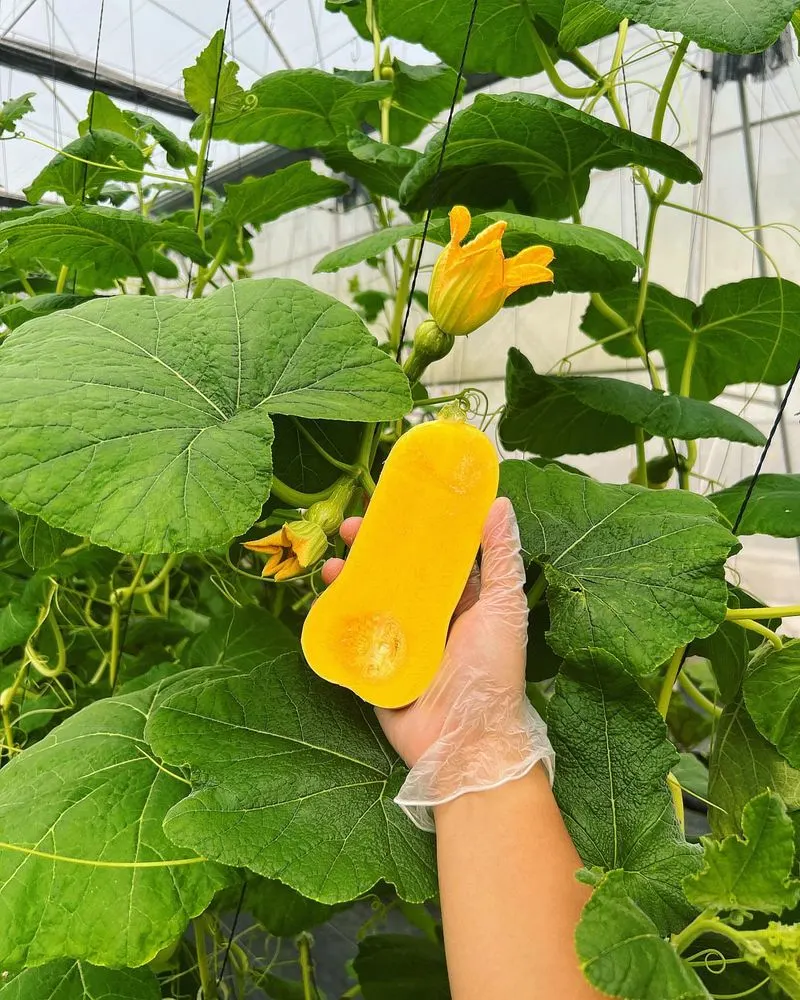
Squash and marigolds form a charming duo that’s as functional as it is beautiful. Marigolds deter nematodes and other pests, protecting the squash. Visualize a garden where the golden blooms of marigolds dance around sprawling squash vines.
This partnership is not only a feast for the eyes but a strategic move for pest management. Marigolds’ bright colors also attract beneficial pollinators, enhancing squash growth. This combination of beauty and utility demonstrates how nature’s aesthetics can serve a practical purpose in the garden.
Cucumbers and Nasturtiums
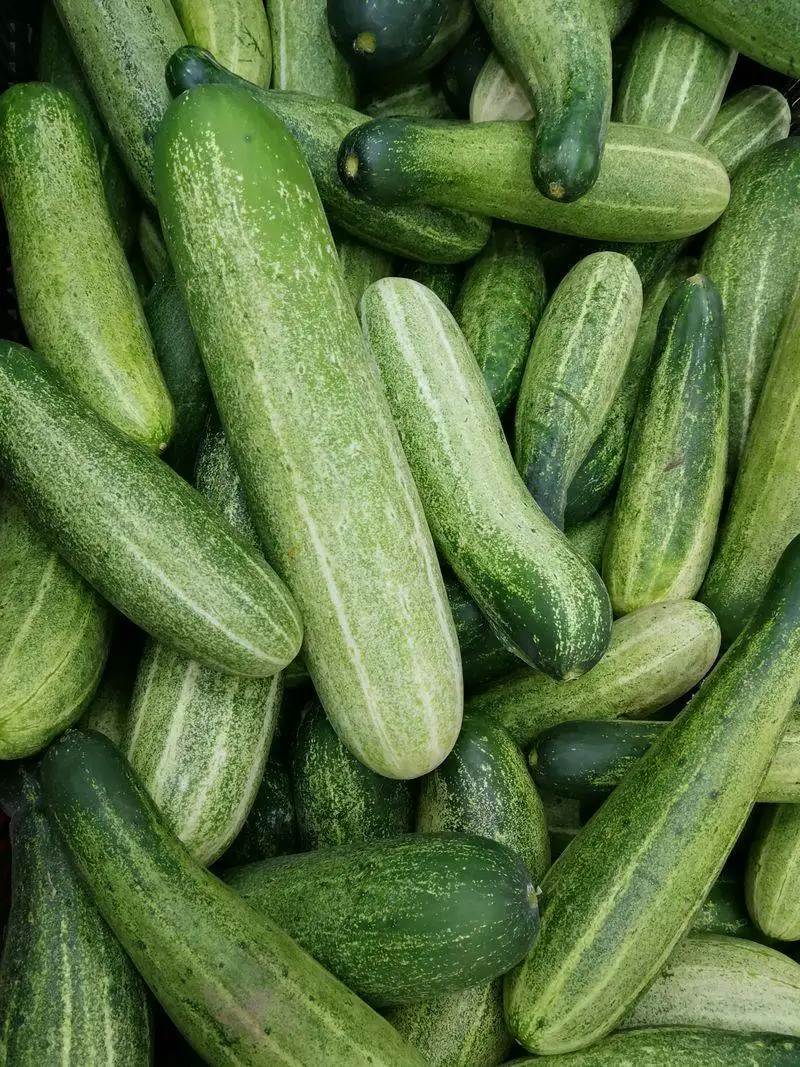
Cucumbers and nasturtiums may sound simplistic, yet they offer a harmonious pest management strategy. Nasturtiums attract aphids, diverting them from cucumbers. Imagine a garden filled with the lush green of cucumber vines intertwined with the vivid colors of nasturtiums.
This combination not only protects the cucumbers from pests but also enhances the garden’s aesthetic with its vibrant hues. Nasturtiums are edible too, adding flavor and color to your dishes, showcasing how nature’s design can be both beautiful and functional.
Pumpkins and Beans
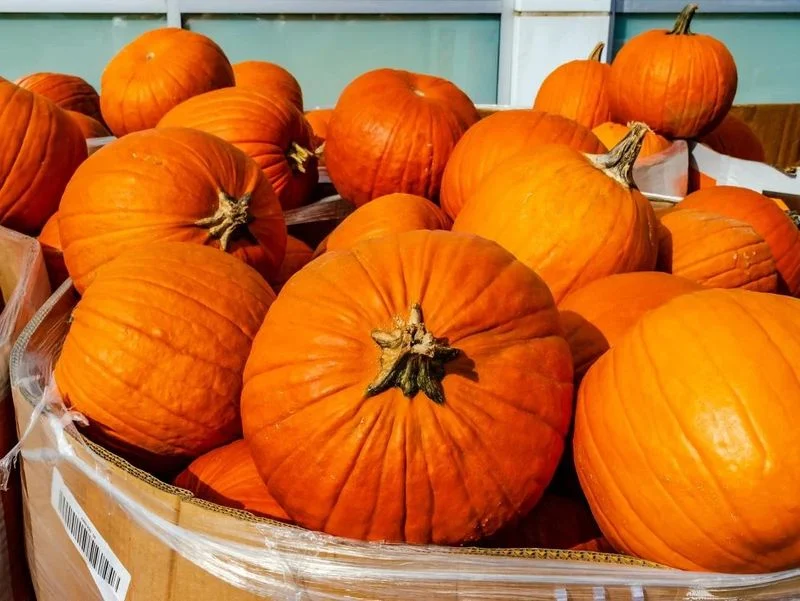
Pumpkins and beans offer a nostalgic nod to traditional farming practices. Beans fix nitrogen in the soil, promoting pumpkin growth. Visualize a garden where robust pumpkin vines spread across the ground as bean plants climb nearby structures.
This natural symbiosis not only enhances growth but also ensures that your garden is as productive as it is picturesque. This timeless combination demonstrates how age-old practices continue to benefit modern-day gardening, blending history with horticulture.
Fennel and Carrots
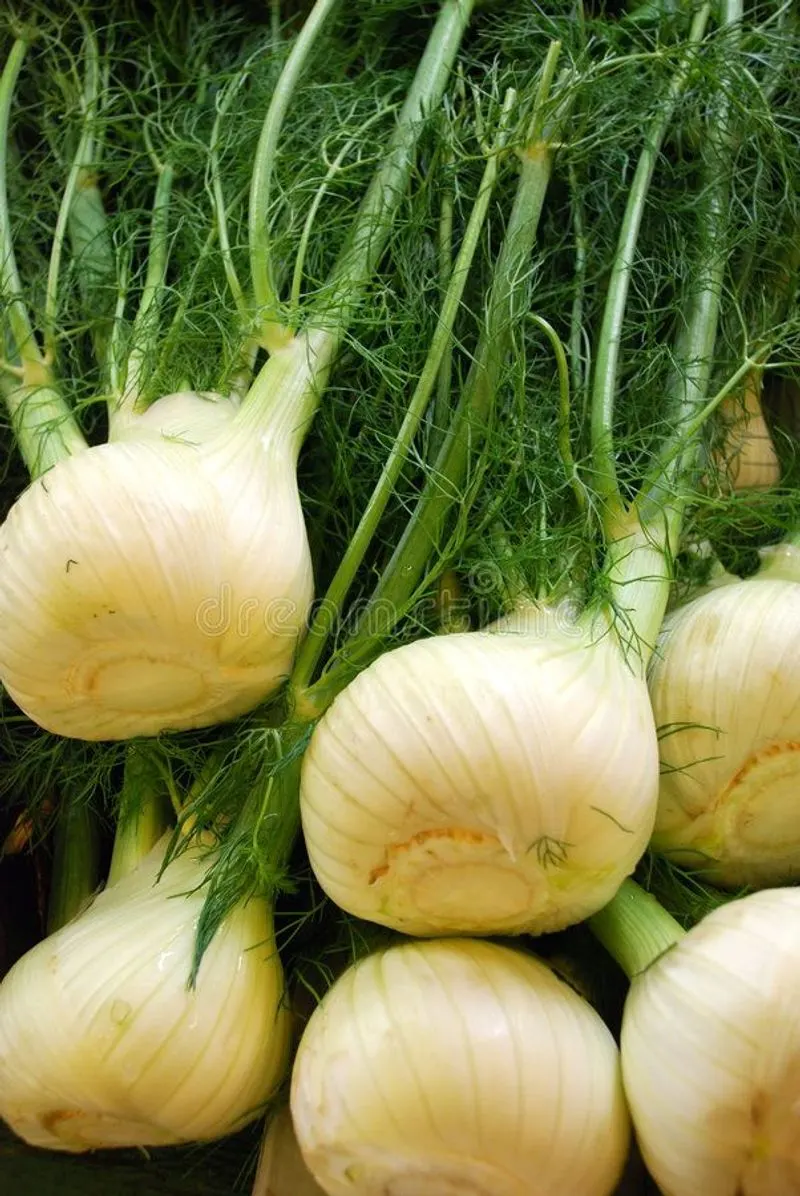
Fennel and carrots, while delicious separately, should never grow together. Fennel’s allelopathic properties inhibit carrot growth, stunting their development. Imagine the disappointment of a garden where carrot tops wither under fennel’s influence.
This is a combination best avoided to ensure a thriving harvest. Understanding the incompatibility of these plants highlights the importance of thoughtful garden planning, ensuring that each plant can thrive without interference.
Tomatoes and Corn
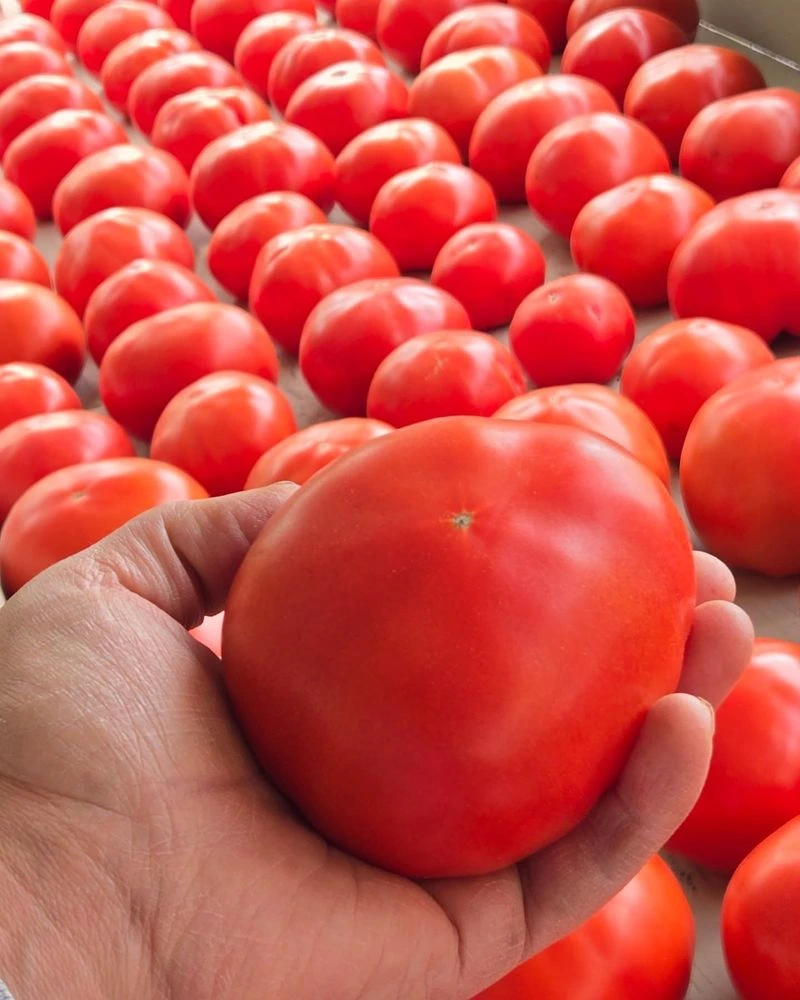
Tomatoes and corn may seem harmless, but together they spell trouble. Both plants attract similar pests, like corn earworm and tomato hornworm, leading to infestation. Imagine the chaos of a garden overrun by these pests, damaging your hard-earned crops.
This pairing is a recipe for disaster, illustrating that not all plants should share space. Recognizing the potential pitfalls of this combination ensures a healthier, more productive garden.
Beans and Onions
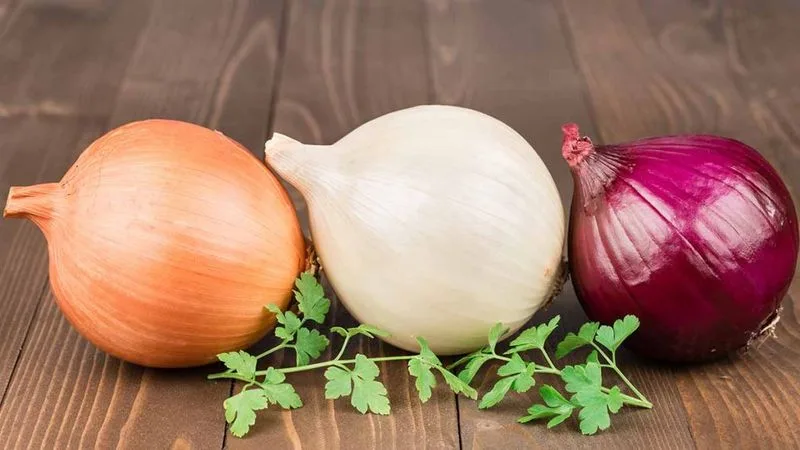
Beans and onions are a garden combination to avoid. Onions release compounds that inhibit bean growth, leading to poor harvests. Picture a garden where bean plants struggle against the effects of nearby onions.
This pairing puts undue stress on beans, diminishing their potential. By understanding the adverse effects of certain plant combinations, gardeners can arrange their crops for optimal health and productivity.
Carrots and Dill
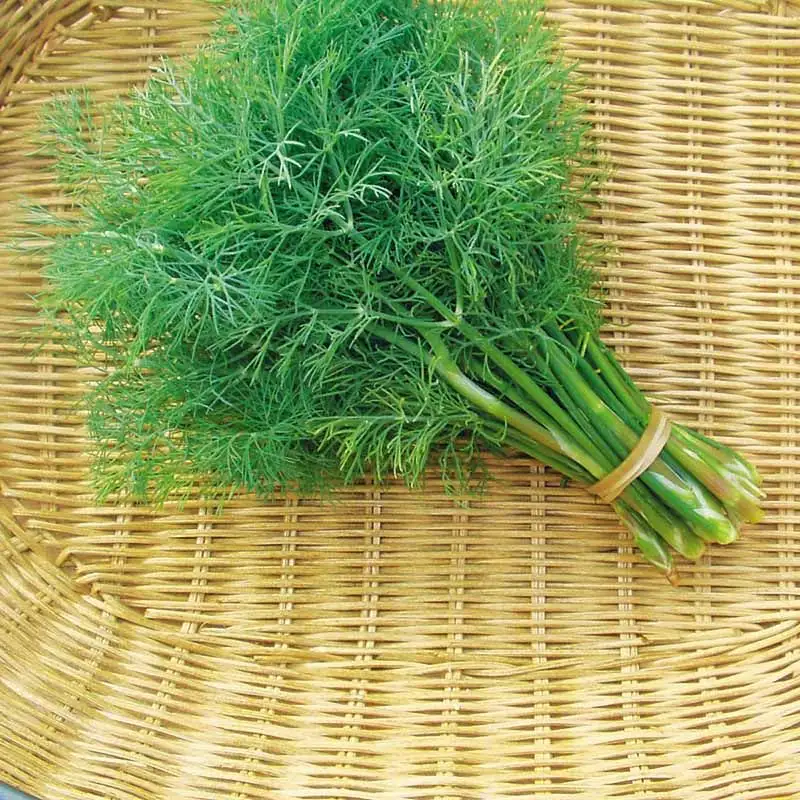
Carrots and dill, though flavorful companions in the kitchen, should remain separate in the garden. Dill stunts carrot growth, inhibiting the development of strong roots. Visualize a garden where carrot tops struggle beneath dill’s influence.
Avoiding this combination ensures carrots grow robust and healthy. Awareness of such conflicts in the garden helps maximize yield and maintain plant vigor.
Broccoli and Peppers
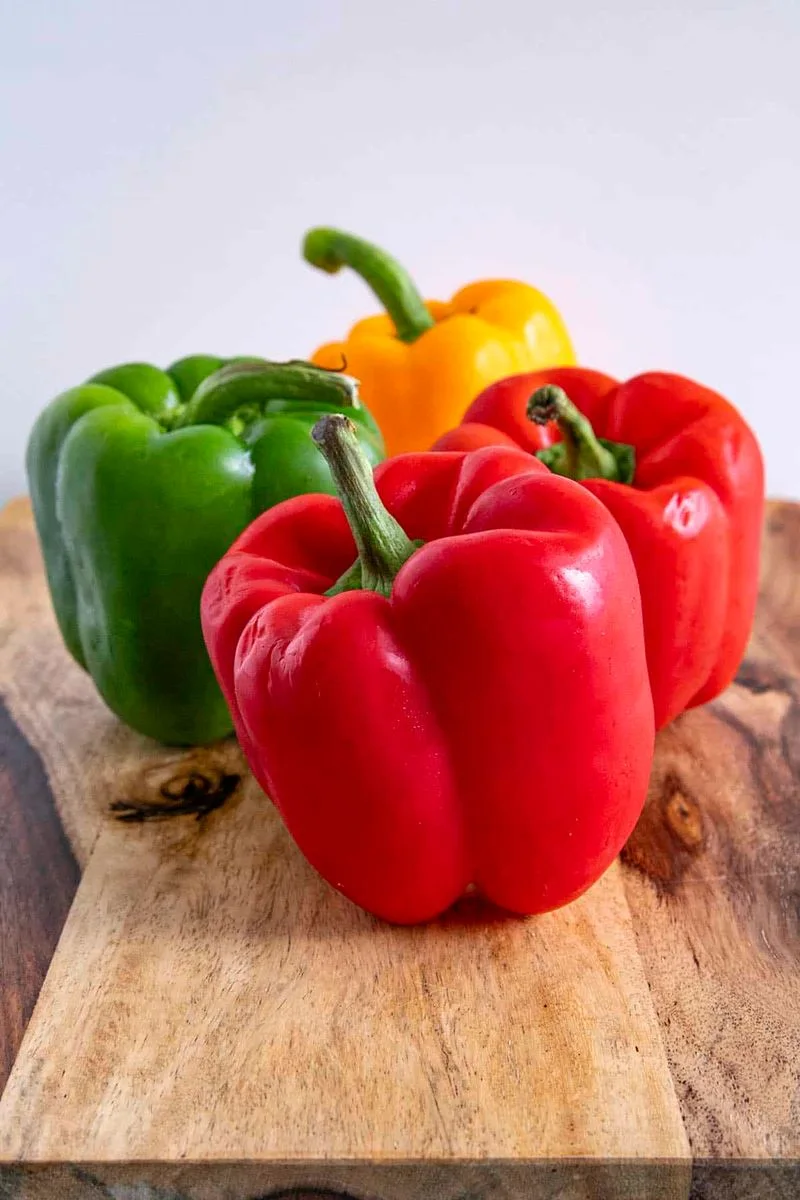
Broccoli and peppers might appear compatible, but they compete fiercely for nutrients. Both require substantial resources, which can lead to underdeveloped plants. Picture a garden where neither broccoli nor peppers reach their full potential, struggling for sustenance.
This combination can hinder your harvest, showcasing the importance of thoughtful planting choices. Recognizing such competition ensures a more bountiful and balanced garden.
Cabbage and Strawberries
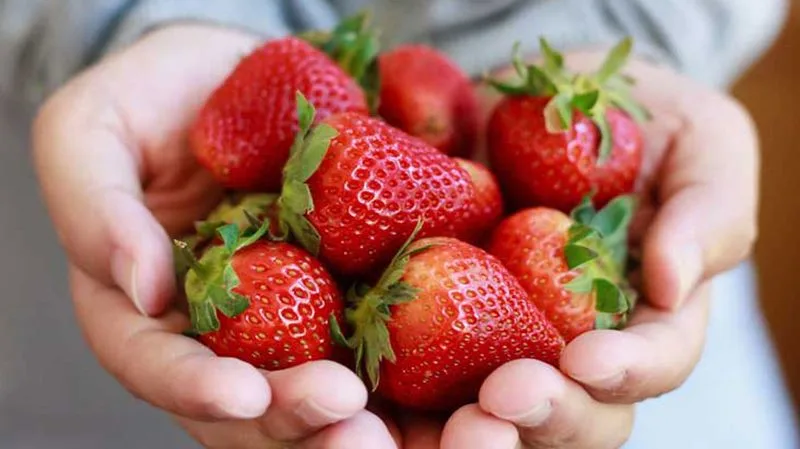
Cabbage and strawberries should be kept apart, as they compete for space and nutrients. Imagine a garden where strawberries are overshadowed by the broad leaves of cabbage, struggling for sunlight and soil resources.
This combination can lead to diminished growth for both, highlighting the necessity of strategic plant placement. Ensuring that each plant has the space and nutrients it needs is crucial for a successful garden.

